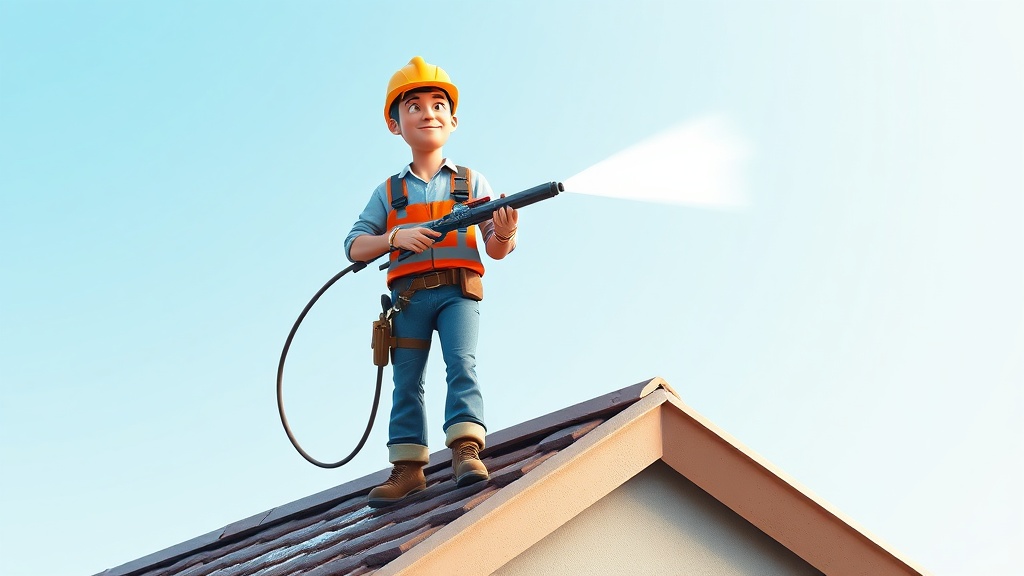Home / Environment / Atlanta Mandates Reflective Roofs to Combat Urban Heat
Atlanta Mandates Reflective Roofs to Combat Urban Heat
7 Oct
Summary
- Atlanta passes law requiring new/replacement roofs to meet solar reflectance standards
- Aims to lower summer temperatures and reduce energy bills
- Experts say cool roofs cost no more than traditional ones

As of October 7th, 2025, the City of Atlanta has taken a bold step to combat the growing urban heat island effect by passing a new law mandating all new and replacement roofs to meet high solar reflectance standards. Known as City of Atlanta Ordinance 25-O-1310, the measure has sparked some debate among homeowners who feel the government is dictating the appearance of their homes.
However, the city council believes this move is crucial to lowering summer temperatures and reducing energy costs. According to their estimates, cool roofs with high reflectivity could lower the mean temperature in Atlanta by 2.4°F and by up to 6.3°F in the hottest neighborhoods. The Smart Surfaces Coalition also projects the ordinance will save residents $310 million in energy bills over the next 35 years and prevent numerous heat-related deaths.
Experts say cool roofs, which can range from plain white paint to specialized shingles, cost about the same as traditional roofing and may even be cheaper to install. As Atlanta experiences rapid growth, this change is expected to gradually reshape the city's skyline, pushing it to become one of the more forward-looking urban centers in the country.



